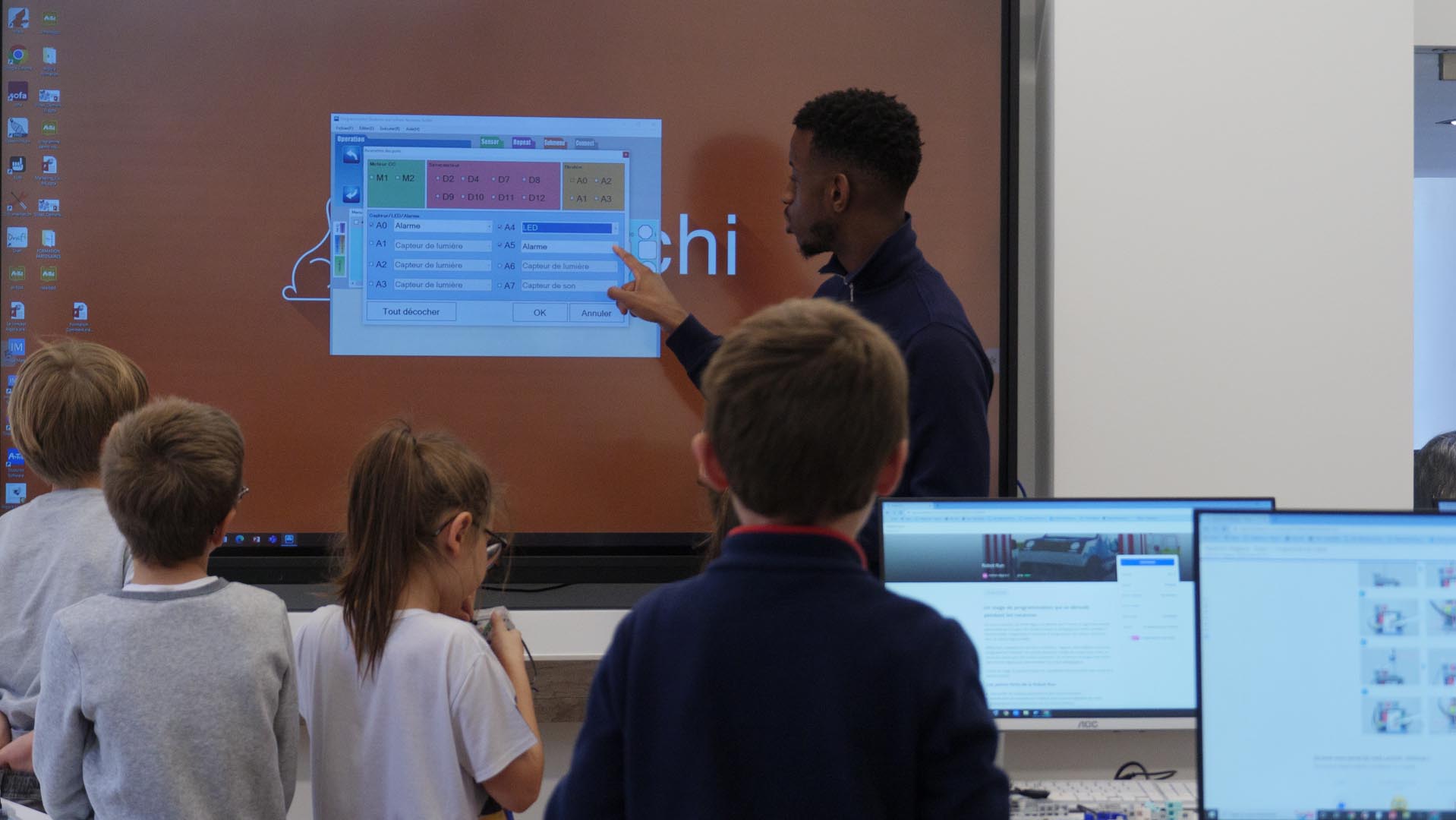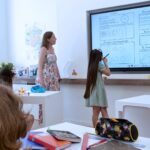Ensuring safe, ethical use of technology in the classroom is important, but can be a tricky, complex issue to navigate. Below is a solid set of tips for adopting technology in schools.
Even before factoring technology into the equation, enforcing ground rules and explaining ethics can be a challenge with young children, who are often too young to understand their purpose. This issue is even more prevalent with technology.
For example, it may be easy to explain to children why they should share toys, but shouldn’t hurt each other or call each other names. However, explaining copyright issues and cybersecurity to children is much harder to do.
High-profile educator Chris McGilvery, has formulated the TECHSMART acronym: a solid set of recommended rules for safe, ethical use of technology in school classrooms. We’ll summarize these points, so as a teacher, you can use these in your own classroom.
Take care of technology equipment.

With hackers and scammers across the globe using increasingly sophisticated techniques to compromise web users, it is important to teach children that they need to be careful with what links they click on, what files they download, and what information they share online.
They don’t need to know the ins and outs of cybersecurity and malware detection, but teaching them the basic red flags they should watch out for will also help them with their use of technology as they grow up.
Explore appropriate and safe sites for learning and research.

While the internet can be a fantastic source of knowledge, unfortunately it is also a haven for misleading, false and inaccurate information.
It is important to teach students from a young age how to assess the reliability of resources, and distinguish trustworthy sources of information from websites that share misinformation.
Copyright law, Fair Use Act and Creative Commons matter.
While children learn how to copy and paste information quite early on in their tech journey, generally they are not made aware of copyright issues until much later on.
It is a good idea to familiarise children with the concept of intellectual property as early on as possible, so they know what they’re able to share freely without breaching copyright rules.
Help prevent cyberbullying.

With the level of anonymity offered by the internet and the shield of being behind a computer screen, there is a certain disconnect that makes it easier for people to share insults, unpleasant comments, and target others.
It is crucial to provide pupils with a clear definition of what cyberbullying is, and emphasise that it is just as hurtful and harmful to the victim as bullying in real life.
It is also important encourage children to report cyberbullying to parents, teachers, or school counsellors.
Self-image is important.
Social media has an increasingly prominent role in childrens’ daily lives, and it is easy for them to share too much online without considering the implications of doing so.
It is important to communicate that once something is put online, it can sometimes be impossible to remove all records of it. More worryingly, some information shared online (e.g., school, identity, current location) may put them in danger.
Teaching them to maintain privacy while online will be helpful for them as they grow up, especially with the possibility of future employers checking candidates’ social media accounts.
Make use of netiquette.
Netiquette is the concept of following a set of rules specified by an online community.
For example, some communities may not allow promotional posts, random connection requests, or off-topic content. When using smart whiteboards in class and giving children collaborative activities, it is worth defining netiquette in the classroom.
Always give credit to original source.
Similar to teaching children about intellectual property, it is important to start familiarizing them with the concept of plagiarism, and teach them how to cite sources of information.
Remember to be effective, thoughtful and ethical digital creators.
By incorporating technology into their lessons, teachers can set a positive, healthy example of how to use technology responsibly.
Think.
Teachers can even work this information directly into their lesson plans, and instigate wider conversations in class about healthy digital interactions.





